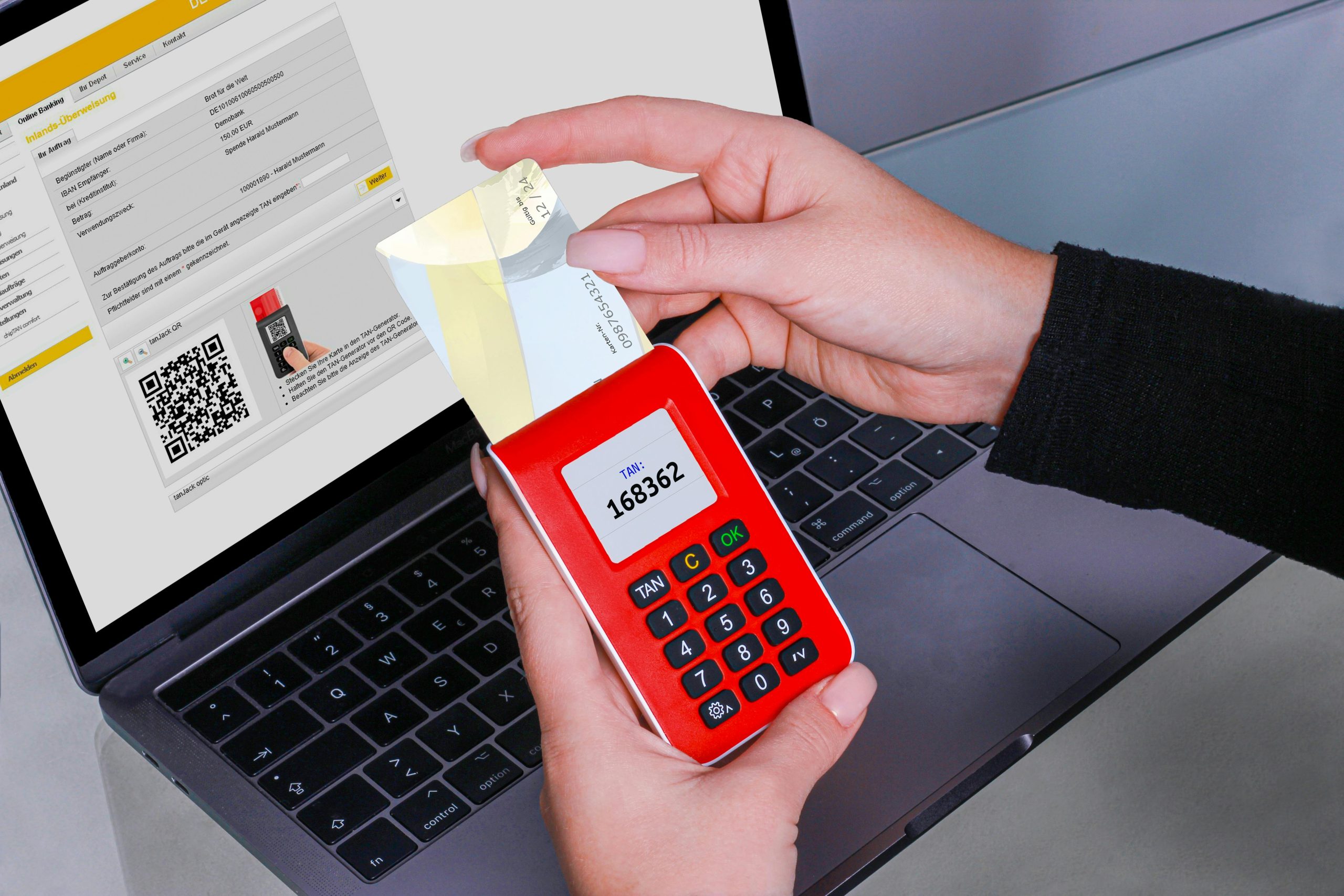Securing your WordPress website is paramount to protect it from various online threats and ensure the safety of your data and visitors’ information. Amazon Lightsail provides a robust hosting environment for WordPress, but implementing advanced security practices is essential to mitigate risks effectively. In this guide, we’ll explore advanced security measures you can implement to fortify your WordPress site on Lightsail.
1. Keep WordPress Core, Themes, and Plugins Updated
Regularly updating WordPress core, themes, and plugins is crucial to patch security vulnerabilities and protect your site against known threats. Enable automatic updates for WordPress core and plugins whenever possible, and regularly check for updates to themes and plugins.
2. Implement Web Application Firewall (WAF)
A Web Application Firewall (WAF) acts as a barrier between your WordPress site and malicious traffic, filtering out potential threats before they reach your server. Consider using AWS WAF or third-party WAF solutions to protect your site from common attack vectors like SQL injection, cross-site scripting (XSS), and brute force attacks.
3. Enable SSL/TLS Encryption
Encrypting data transmitted between your visitors’ browsers and your server using SSL/TLS encryption is essential to protect sensitive information such as login credentials and personal data. Install an SSL certificate on your Lightsail instance and enforce HTTPS connections to ensure secure communication.
4. Limit Access to wp-admin Directory
Restricting access to the wp-admin directory can prevent unauthorized users from attempting to brute force their way into your WordPress dashboard. Use .htaccess rules or server-level configuration to allow access only to trusted IP addresses or implement two-factor authentication (2FA) for additional security.
5. Harden File Permissions
Set appropriate file permissions to restrict access to sensitive files and directories on your server. Follow the principle of least privilege and ensure that only necessary files and directories are writable by the web server user (e.g., www-data).
6. Implement Security Headers
Security headers provide an additional layer of protection by instructing web browsers how to behave when interacting with your site. Configure HTTP security headers such as Content Security Policy (CSP), X-Content-Type-Options, and X-XSS-Protection to mitigate various types of attacks, including XSS and data injection.
7. Monitor and Audit Website Activity
Regularly monitor your WordPress site for suspicious activity and audit logins, file modifications, and plugin installations. Use security plugins like Wordfence or Sucuri to set up real-time alerts for potential security threats and perform periodic security scans to detect malware and vulnerabilities.
8. Implement Secure Backups
Regularly backing up your WordPress site is crucial to recover data in the event of a security breach or data loss incident. Use reliable backup solutions to create off-site backups stored in secure locations, and test backup restoration procedures regularly to ensure data integrity.
Conclusion
Securing your WordPress site on Amazon Lightsail requires a multi-layered approach that addresses various security threats and vulnerabilities. By implementing advanced security practices like keeping software updated, enabling SSL/TLS encryption, and implementing security headers, you can enhance the security posture of your WordPress site and protect it from potential threats.
Remember, security is an ongoing process, and it’s essential to stay vigilant and proactive in identifying and addressing security risks to ensure the long-term security of your WordPress site on Lightsail.
Stay secure!


